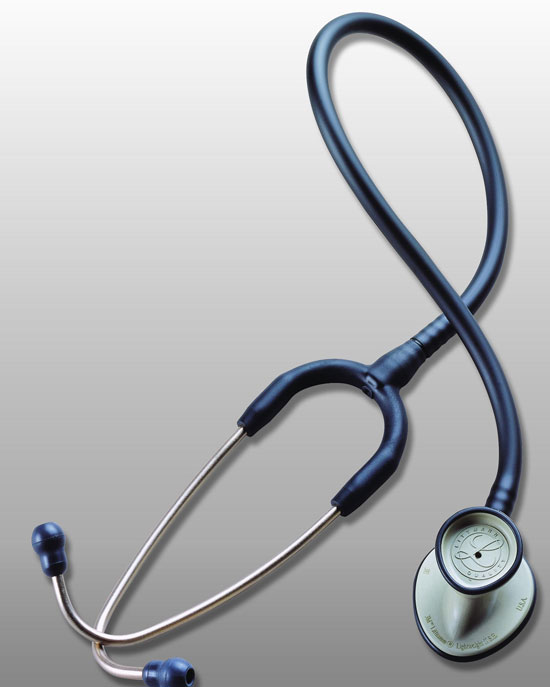The doctor's headphones are about to be in the past
Listening to the heart with a stethoscope is one of the most common operations of a doctor for patients. Perhaps in the information age, the 'old' manipulation still has nothing to change? Yes of course. The modern computer is capable of not only diagnosing heart diseases more accurately, but also reducing the mistakes made by using headphones based on experience.
The beating of the heart can tell many things about its health. In the past, the physician could quickly detect abnormal heart beats with a stethoscope to diagnose the disease and, if necessary, will assign a comprehensive monitoring of this important part of the body before conclude.

The new method can limit the errors of the car
Stethoscope is based primarily on the experience of doctors.
Samit Ari and Goutam Saha at the Indian Institute of Technology in Kharagpur have found a way to automatically sort out the heart sounds emitted in the distance between two beats more clearly and meticulously than a doctor. Most experienced in the use of stethoscope, to serve the diagnosis.
Their idea is based on a mathematical analysis of sound waves emitted by the beating heart, called empirical signal analysis (Empirical Mode Decomposition, EMD). This method divides the sounds of a multi-component heart-beating cycle, allowing a meticulous separation of sounds one by one from the various sounds emitted by various sources in the body at the same time.
Thus, the signal formed on the basis of 25 different standard sounds. Signals will be filtered and transferred to classified computer systems. The classification model is based on the artificial neural network in which each standard sound corresponds to a certain diagnosis of the types of heart disease patients may have.
Of course the relationship between a standard tone and a form of a heart disease needs to be studied very carefully from the experience of good doctors, combined with careful examination and drawing almost into standards.
According to researchers, the majority of doctors who have been well trained are unable to accurately diagnose the types of heart disease that rely on the traditional stethoscope that medicine has used since hundreds of years.
The human ear feels very poorly at the low-frequency sounds of the heart, which makes serious diagnosis possible. Automatic sorting of the sounds of the heart by means of modern devices, based on research by medical experts, will help them successfully overcome these obstacles.
Of course, it takes more time to perfect the method of using a computer to diagnose the disease (for example, this is just a case of heart disease) before turning the stethoscope into a medical device of the past.
- How to make the headset cord not tangled?
- Decoding the reason why the headset is always tangled
- The reason you should not lend headphones to others
- Break up the headphones, this speaker will only 'sing' for you to listen to
- Simple way to clean headphones
- Should headphones be worn at the time of take-off and landing?
- New headset lets you chat with people
- The truth about the effect of headphones on hearing
- Listening to headphones over 90 minutes will damage the ear
- Headphones use the human body as the conductor
- Turn down the volume
- Headset guess the mood
 Green tea cleans teeth better than mouthwash?
Green tea cleans teeth better than mouthwash? Death kiss: This is why you should not let anyone kiss your baby's lips
Death kiss: This is why you should not let anyone kiss your baby's lips What is salmonellosis?
What is salmonellosis? Caution should be exercised when using aloe vera through eating and drinking
Caution should be exercised when using aloe vera through eating and drinking